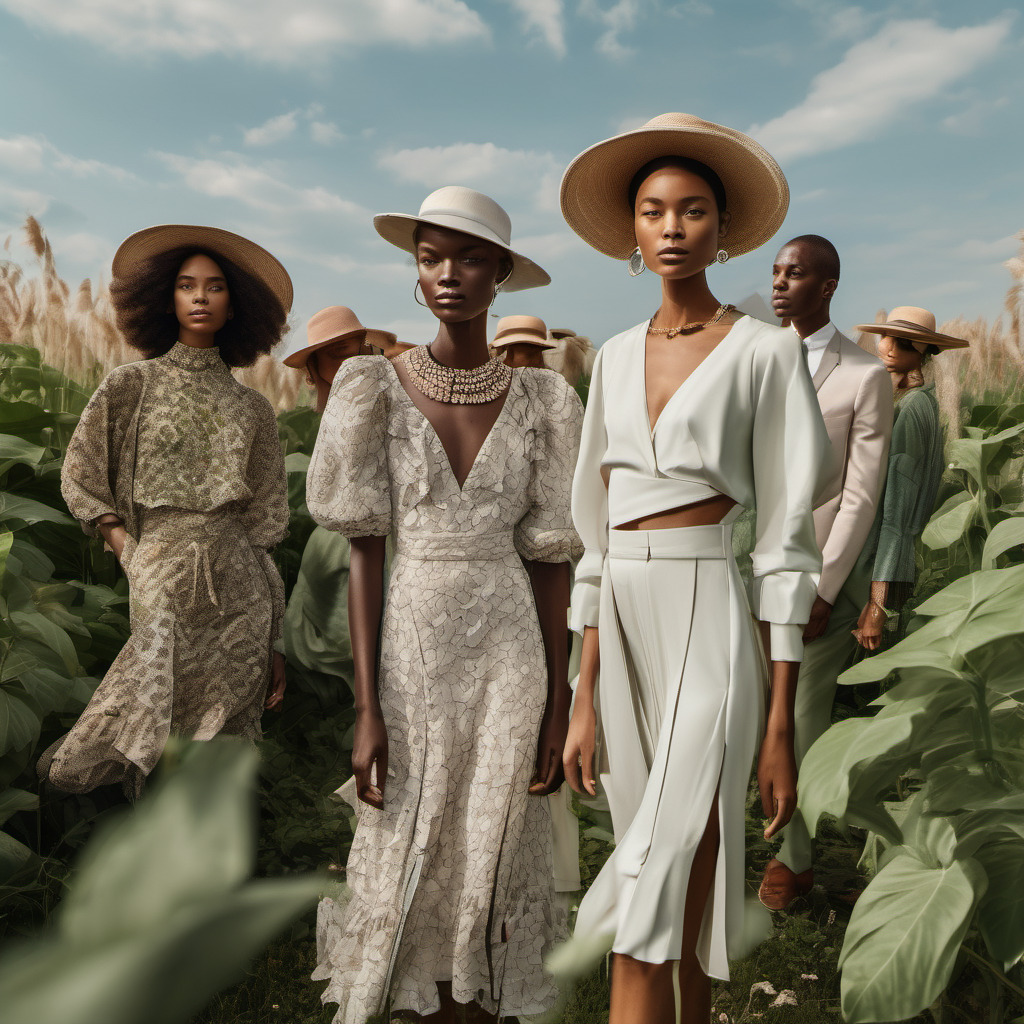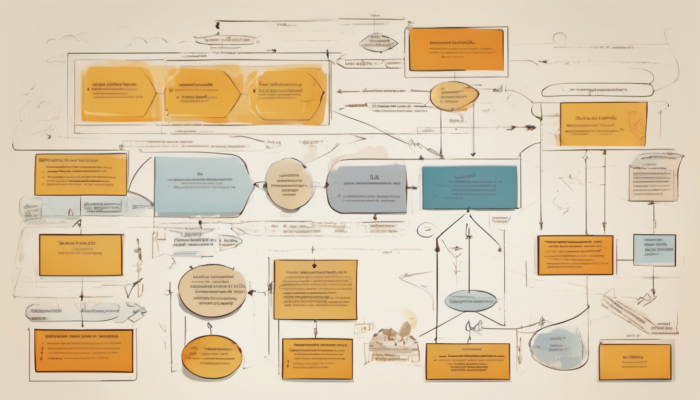Project related to full-time master’s degree Fashion and Luxury Business, Major of the Master in International Management, Amsterdam and Milan
My Prompt
Prompt 1:
Describe an image idea for a visual presentation of sustainable luxury fashion being part of the social good emphasis social good.
Prompt 2:
Imagine an image showcasing a luxurious, ethically-made garment against a backdrop of vibrant greenery, symbolizing sustainability. Next to it, depict artisans smiling as they work, highlighting the social impact of fair wages and employment opportunities. Surrounding the scene, subtle graphics could illustrate eco-friendly practices, such as recycling and renewable energy use, reinforcing the message of sustainable luxury fashion as a force for social good.
Ai Tools: ChatGPT4, Freepik, Pixlr
Harmony in Style: Ethical Luxury Fashion Uniting Sustainability and Social Impact
Welcome, it’s great to have you here.
The emergence of ethical luxury fashion signifies a paradigmatic change in the way we perceive and consume clothing. Sustainable fashion encompasses a holistic approach to clothing production that minimizes environmental degradation, conserves resources, and promotes fair labor practices throughout the supply chain.
At its core, sustainable fashion seeks to challenge the prevailing fast fashion model characterized by mass production, low-cost labor, and rapid consumption. Instead, it advocates for mindful consumption, longevity of garments, and respect for both people and the planet.
Central to the concept of sustainable fashion is the notion of ethical production. This entails ensuring that garments are made under humane working conditions, with fair wages and benefits provided to workers. By prioritizing the well-being of artisans and garment workers, ethical fashion brands contribute to poverty alleviation, empowerment of marginalized communities, and the promotion of human rights. Moreover, ethical production practices foster a sense of dignity and pride among workers, enhancing their overall quality of life.
Furthermore, sustainable fashion champions environmental stewardship by adopting eco-friendly materials, reducing waste, and minimizing carbon emissions. From organic cotton and hemp to recycled polyester and TENCEL™️, sustainable fashion brands leverage innovative materials to mitigate the environmental impact of clothing production. Additionally, initiatives such as zero-waste design, upcycling, and circularity promote resource efficiency and contribute to the reduction of textile waste in landfills.
In the context of social impact, sustainable fashion serves as a catalyst for positive change, addressing pressing issues such as poverty, gender inequality, and climate change. By supporting ethical fashion brands, consumers not only endorse sustainable practices but also contribute to community development and empowerment. Whether through supporting artisan cooperatives, investing in vocational training programs, or advocating for fair trade policies, sustainable fashion has the potential to drive meaningful social change on a global scale.
In conclusion, the concept of “Harmony in Style” encapsulates the symbiotic relationship between ethical luxury fashion, sustainability, and social impact. By aligning environmental consciousness with social responsibility, ethical fashion brands exemplify a new paradigm of elegance and integrity in the fashion industry. As consumers become increasingly aware of the ethical and environmental implications of their purchasing decisions, the demand for sustainable fashion continues to grow, paving the way for a more equitable and sustainable future.



